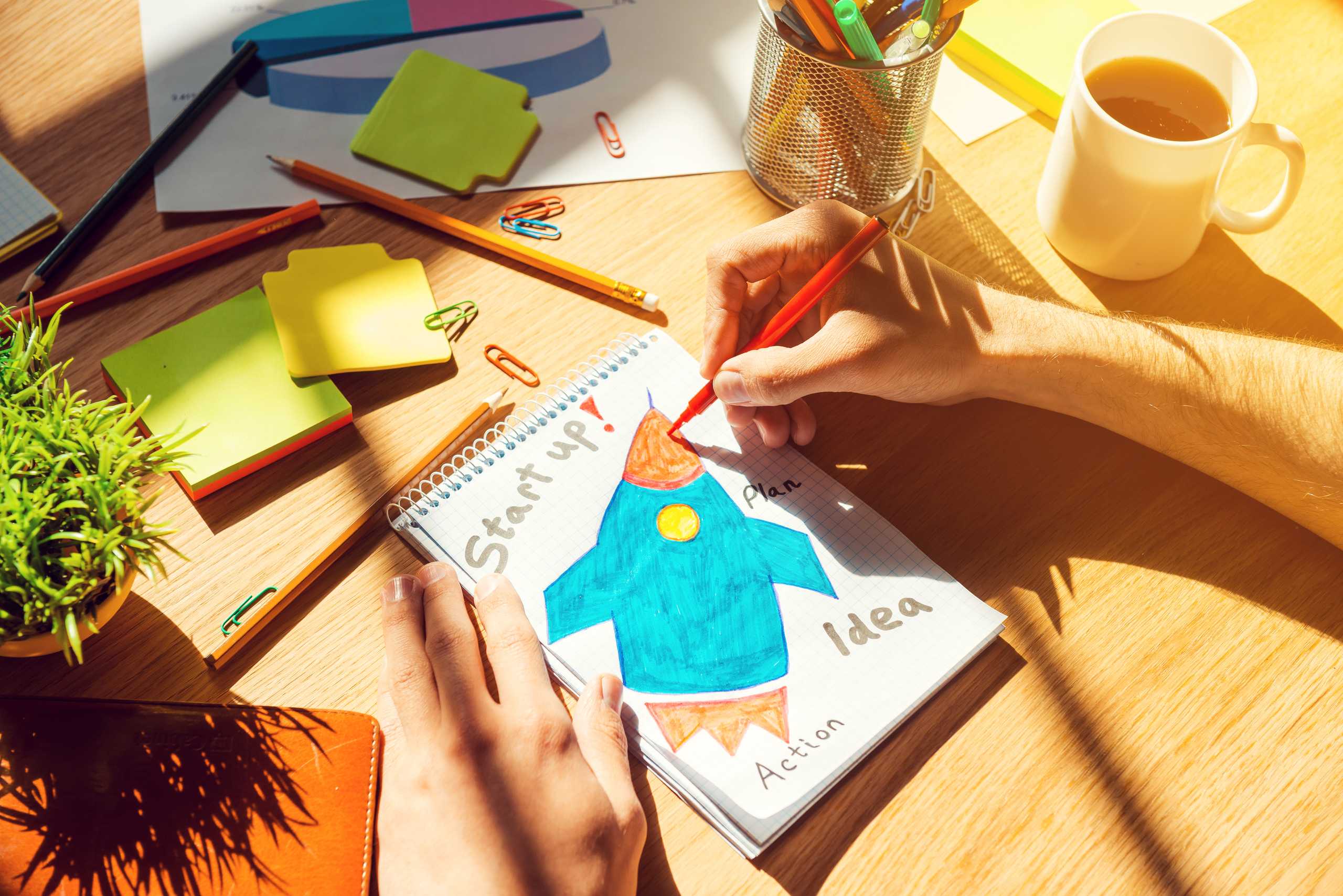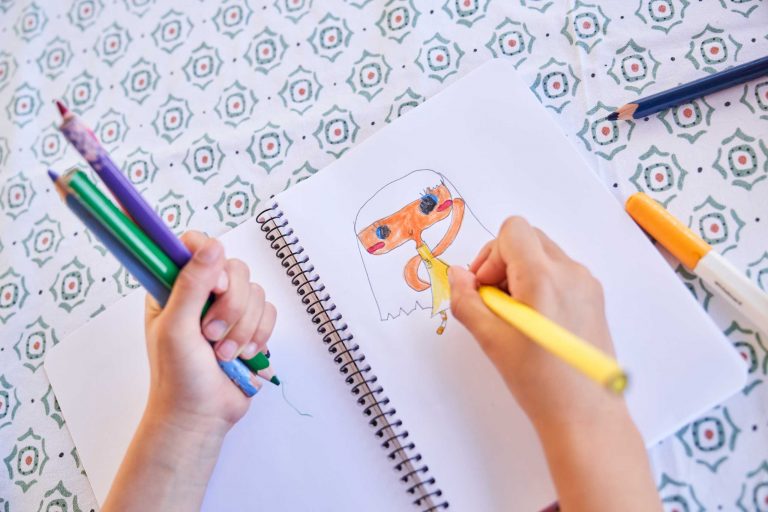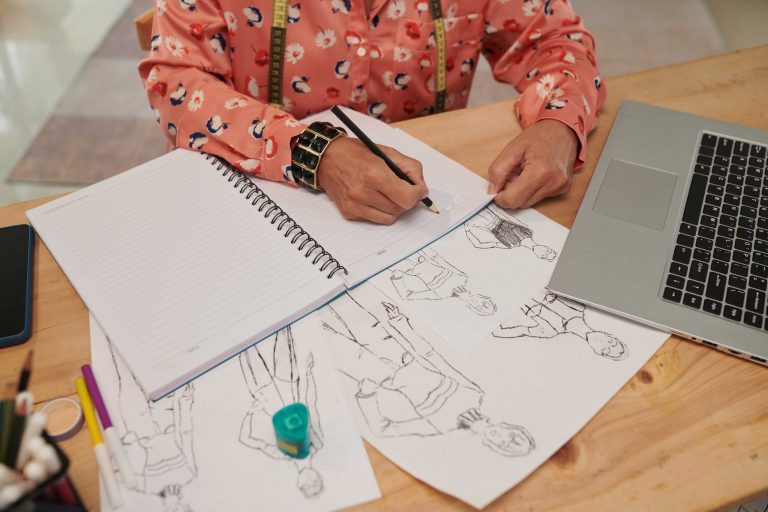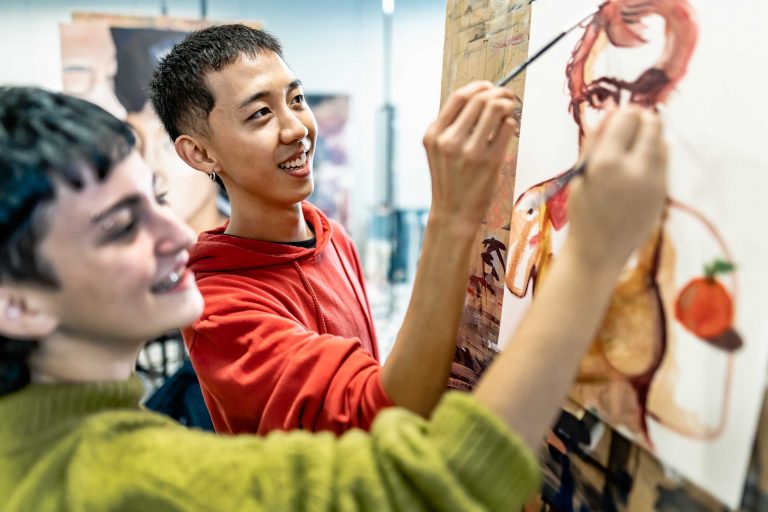Animation is more than just moving drawings—it’s the art of giving your ideas a heartbeat. Every frame you create is an opportunity to connect with an audience, tell a story, and stir emotions. But where does that magic come from, and how can you master it? Let’s break it down.
1. Start with a Story
Every great animation begins with a compelling idea. It might be a single scene, a character’s personality, or a feeling you want to convey. Before you touch any software, take time to shape your concept. Ask yourself:
- What is my character’s goal or challenge?
- How will the audience relate to them?
- What emotions do I want to evoke?
When you know your “why,” every creative decision becomes easier.
2. The Role of Movement
Movement is the soul of animation. A simple gesture—a smile, a tilt of the head, or the flick of a tail—can say more than words ever could. Mastering motion means learning the principles of timing, anticipation, and follow-through.
For example:
- Anticipation prepares the audience for action, making it feel natural.
- Timing changes the mood—fast movements bring energy, slow ones bring drama.
- Follow-through adds realism, ensuring nothing stops abruptly without reason.
3. Tools Are Just the Beginning
It’s easy to think that expensive software will make you a better animator, but tools are just the brush—you are the artist. Start with what you have and focus on improving your skills in:
- Composition and staging
- Character expressions
- Smooth transitions between scenes
Once you master the fundamentals, any tool will feel like an extension of your imagination.
4. The Power of Details
Audiences may not consciously notice every detail, but they will feel them. A loose strand of hair moving in the wind, the way light reflects off a character’s eyes, or a subtle background sound—these small touches make your world believable.
When working on a scene, zoom in on the little things. Ask yourself what you can add that will make it feel richer and more immersive.
5. Practice Like a Professional
Consistency is key. The more you animate, the more natural your process becomes. Set aside dedicated time to practice—whether it’s a short loop of a walking cycle or a 10-second emotional scene. Over time, your instincts for pacing, framing, and storytelling will sharpen.
Final Thought:
Animation is a journey, not a sprint. Every project teaches you something new, and the process itself can be as rewarding as the final piece. If you embrace experimentation, keep learning, and pay attention to the small things, your animations will not only move—but truly live.




